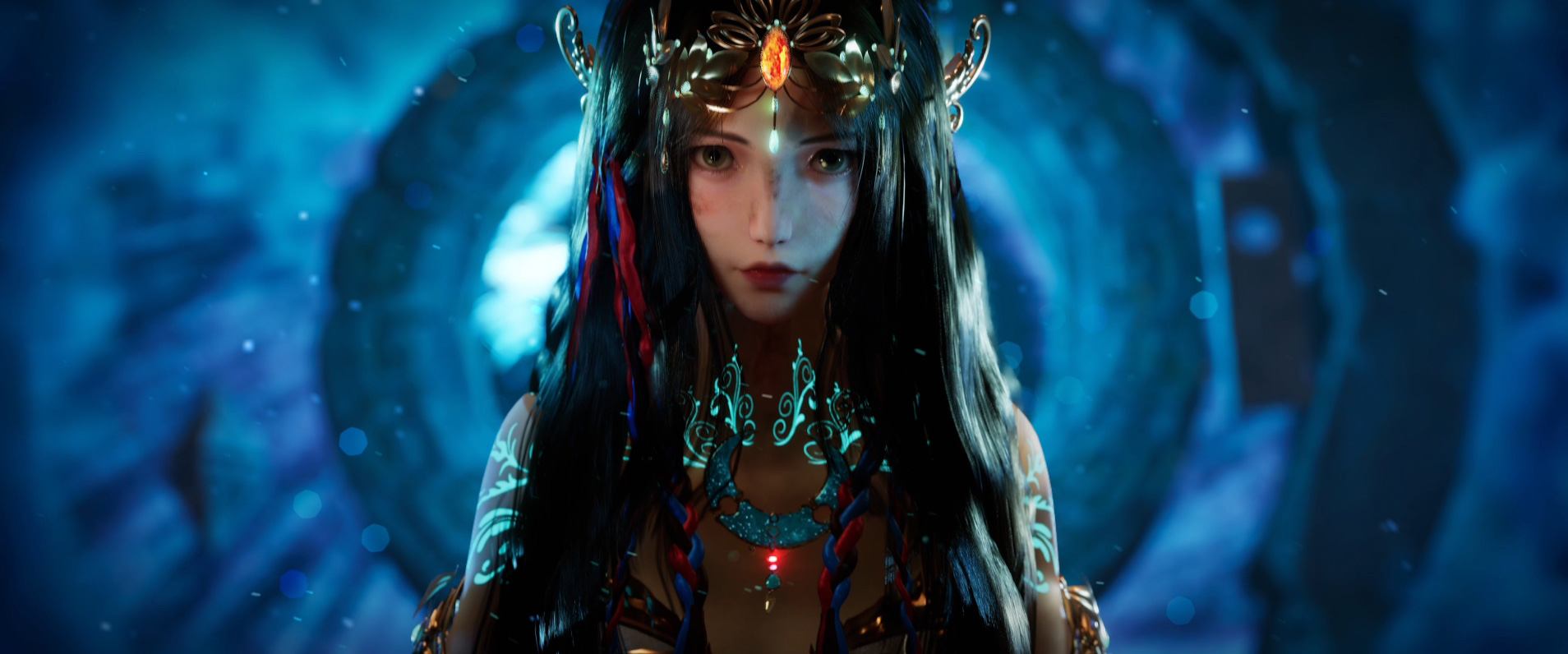
Full Process of Digital Human Application in UE
This course is designed for students with a foundational knowledge of Unreal Engine. It will combine practical project work centered around "Metaverse&MetaHuman," with the goal of driving applications using MetaHuman. Students will engage in comprehensive learning of the entire process of MetaHuman applications, guiding them to master advanced skills across various modules related to MetaHuman applications.
Course Level: Advanced Duration: 3-4 months Period: 480 credit hours
Course duration
On-site Training: May 1 - August 15, September 1 - December 15, 2025
Online Training: February 1 - May 15, July 1 - October 15, 2025
Registration period: Registration closes 10 days before the start of each course

